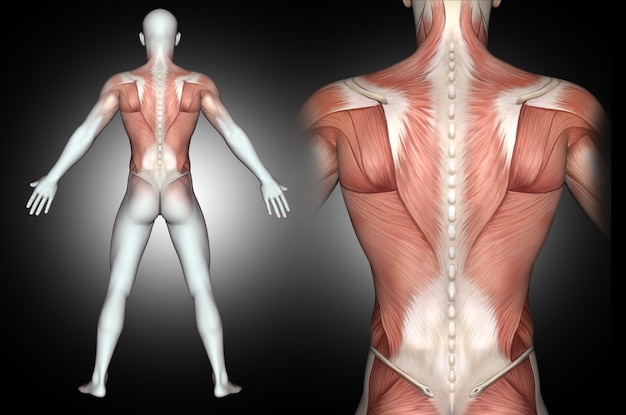Back pain is one of the most common health complaints among women, affecting daily life, productivity, and emotional well-being. Whether due to posture, hormonal shifts, pregnancy, or lifestyle factors, chronic or recurring back pain requires a holistic approach. This comprehensive checklist combines practical health strategies, tracking tools, and motivation cues to help women take control of their back health and overall wellness.
Women experience back pain at higher rates than men due to biological and lifestyle factors. Hormonal fluctuations during menstruation, pregnancy, and menopause can affect ligament laxity and spinal alignment. Additionally, carrying children, wearing high heels, or spending long hours sitting at desks can contribute to poor posture and muscle imbalances.
Understanding these unique challenges is the first step toward effective management.

Poor posture is a leading cause of back strain. Make it a habit to check your posture every few hours:
A strong core supports the spine and reduces back strain. Incorporate exercises like pelvic tilts, bridges, and gentle Pilates movements into your routine 3–4 times a week. Focus on controlled movements and proper breathing.
Pelvic floor health is especially important for women post-pregnancy or during menopause. Kegel exercises can improve stability and reduce lower back pressure.

Sedentary lifestyles worsen back pain. Aim for at least 30 minutes of low-impact activity daily:
Choose movements that feel supportive, not painful. Listen to your body’s signals.
Many women notice increased back pain during certain phases of their cycle, especially premenstrually or during ovulation. Use a cycle-tracking app to log pain levels, mood, and physical symptoms. Over time, you may identify patterns and adjust self-care accordingly—such as increasing magnesium intake or scheduling rest days before expected discomfort.
Small changes can make a big difference:
Inflammation can worsen back pain. Support your spine with anti-inflammatory foods:
Stay hydrated—discs in the spine rely on water for cushioning.
Stress tightens muscles and can lead to tension-related back pain. Prioritize 7–8 hours of quality sleep and practice relaxation techniques:

Tracking helps you stay consistent and recognize what works. Consider using:
Healing takes time. Keep yourself encouraged with these cues:
While self-care is powerful, persistent or worsening pain—especially with numbness, tingling, or radiating pain—should be evaluated by a healthcare provider. Early intervention can prevent long-term issues.
Back pain doesn’t have to define your life. With a proactive, whole-body approach tailored to women’s unique physiology, you can reduce discomfort, improve function, and enhance overall well-being. Use this checklist as a living guide—revisit it monthly, adjust as needed, and honor your progress.
Your back supports you every day. Now it’s time to return the favor.

Health

Health

Health

Health

Health

Wellness

Wellness

Wellness

Wellness

Wellness

Wellness

Wellness

Health

Fitness

Health

Health